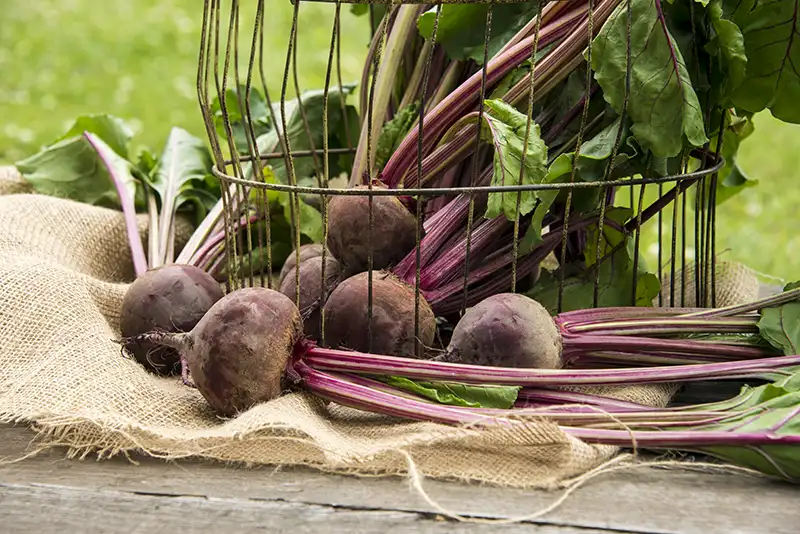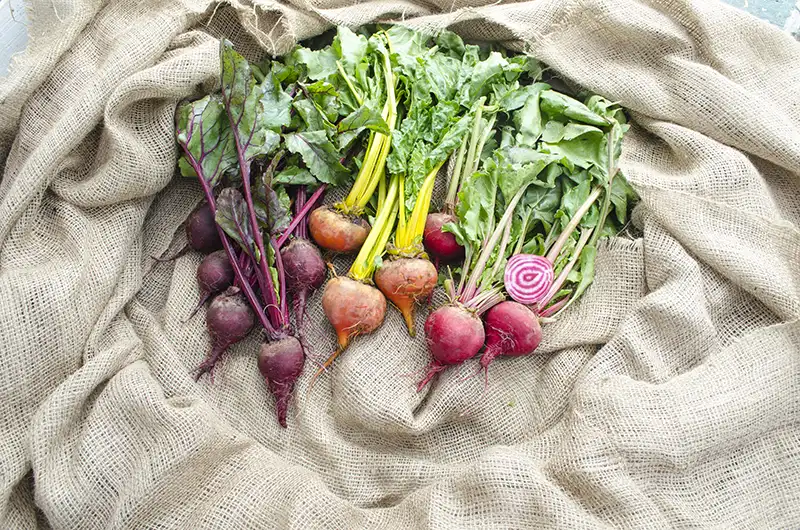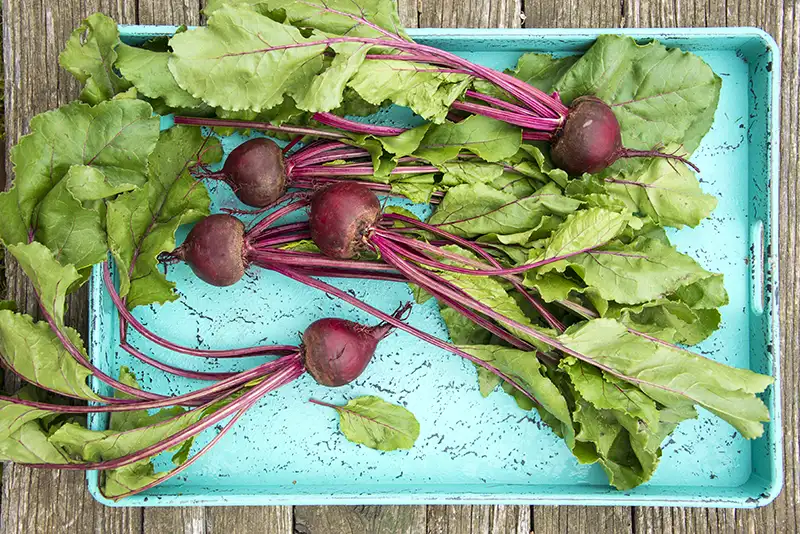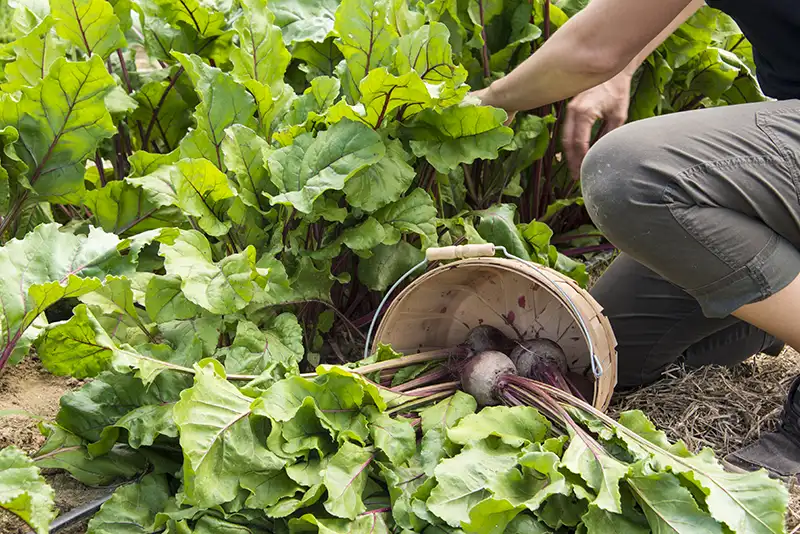Two Crops in One: Unlocking the Full Potential of Beets

Both the roots and leaves of beets are deliciously nutritious, making them a versatile addition to any home garden. The deep red roots are rich in flavonoids, natural compounds that help protect cells from damage and reduce the risk of cancer-causing agents. These compounds are especially abundant in red and purple beet varieties, giving them their signature vibrant color. Beets are also a great source of folate, essential for healthy cell function and particularly important during pregnancy.
Health Benefits of Beet Greens

Beyond the roots, beet greens offer their own set of health benefits. Rich in vitamins A, C, and K, the greens contribute to improved vision, a stronger immune system, and better bone health. They also provide a good dose of minerals like iron, magnesium, and potassium, which help maintain healthy blood pressure and support muscle function.
Using Beets in the Kitchen

In the kitchen, beet roots can be roasted, steamed, or grated raw into salads for a sweet, earthy flavor. They're a wonderful addition to soups like borscht or can be pickled for a tangy side dish. The greens are equally versatile—use them raw in salads for a peppery kick or sauté them with garlic and olive oil, much like you would with spinach or Swiss chard.
Growing Beets in Your Garden

For gardeners, beets are relatively easy to grow. They thrive in cooler temperatures, making them perfect for early spring and fall plantings. Beets require well-draining soil and consistent moisture to ensure tender roots. Harvest beet roots when they reach the size of a golf ball for the best flavor, while the greens can be picked as needed. Regularly thinning your beet plants will help ensure larger, healthier roots.
With their dual purpose as a root vegetable and leafy green, beets are a fantastic choice for those looking to boost their diet with nutrient-dense, homegrown produce.





 Gardens Alive! & Supplies
Gardens Alive! & Supplies






